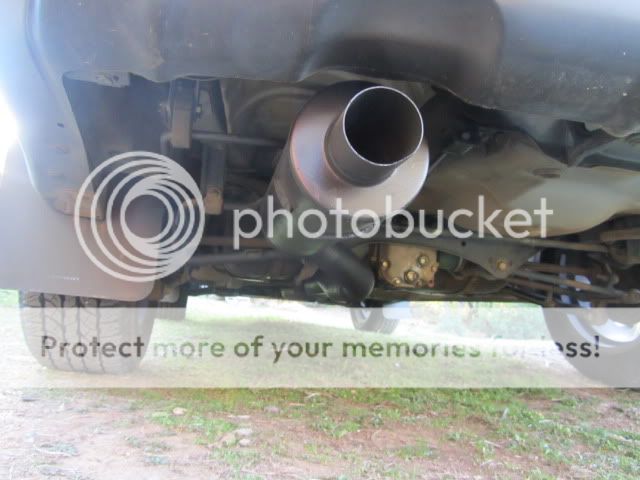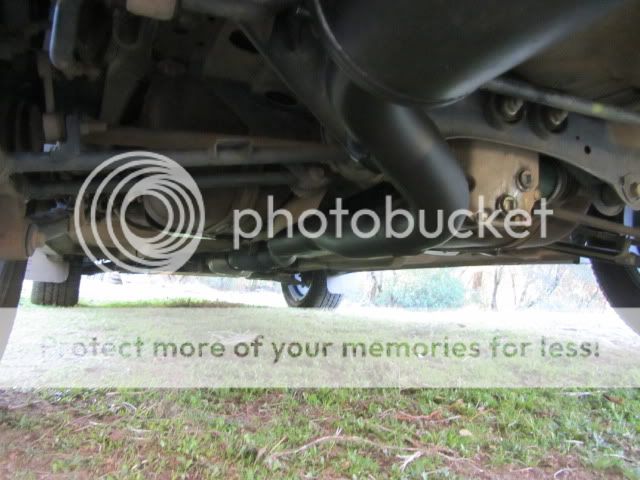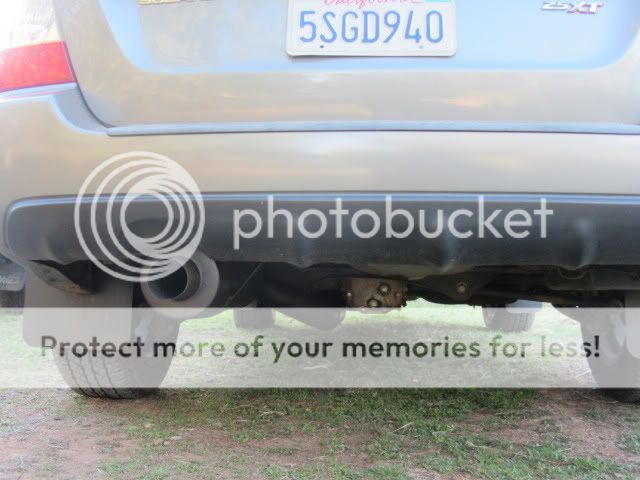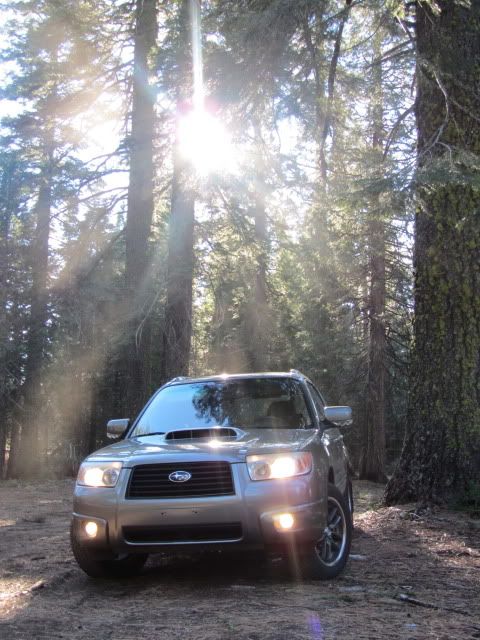
guess its about time i start a journal ...
Engine Mods- STI longblock (-8,000 miles) Stock redone heads, Exedy clutch and flywheel, Cobb SRI ,Samco hoses, Motul Fluid, Kartboy shifter bushings
exhaust- stock DP n cat to a homemade catback with moroso resantor and mangaflo race muffler
17x7 drag wheels with 215-60-17 yokohama at/s Ebay STB's
Subtle Solutions Front skid plate Rally Armor Mud flaps
when she was new and i worked at plaza tire (hence the name)
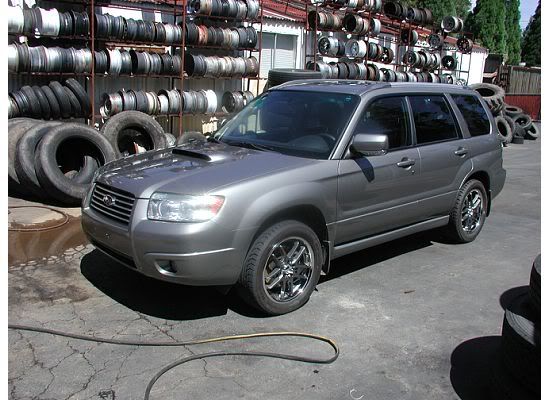
muddin in the front yard

timing belt problem
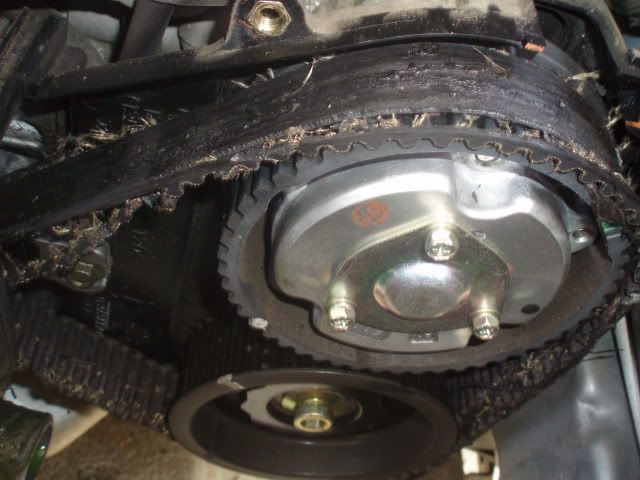
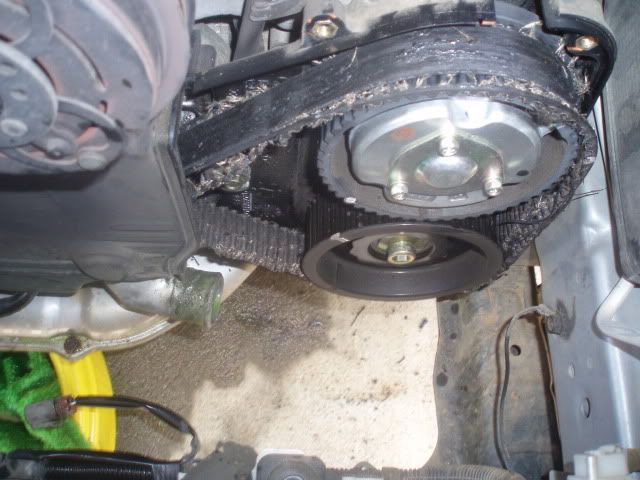
out having fun
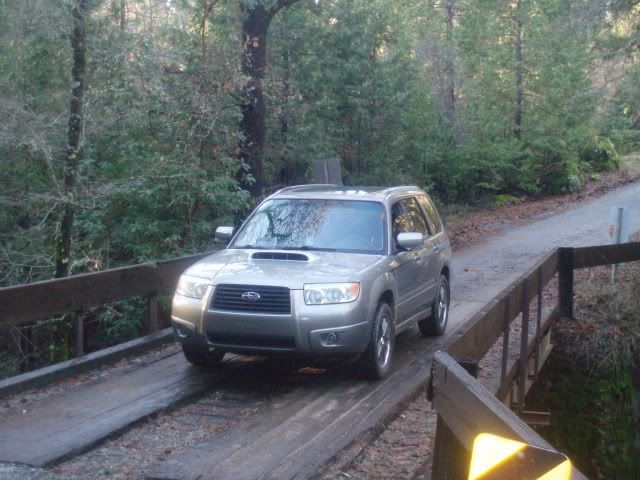
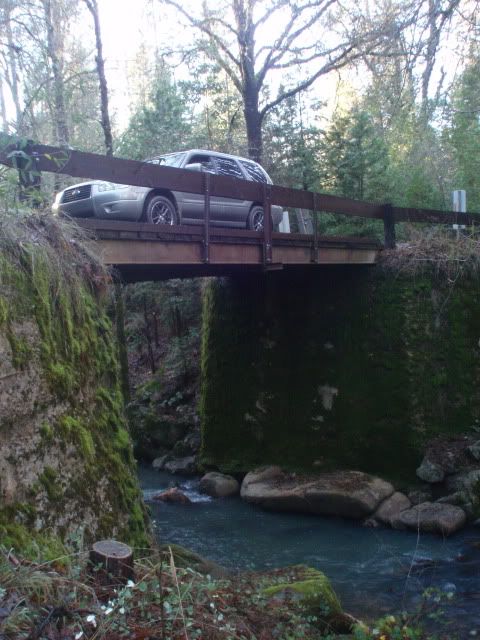

how it sits right now
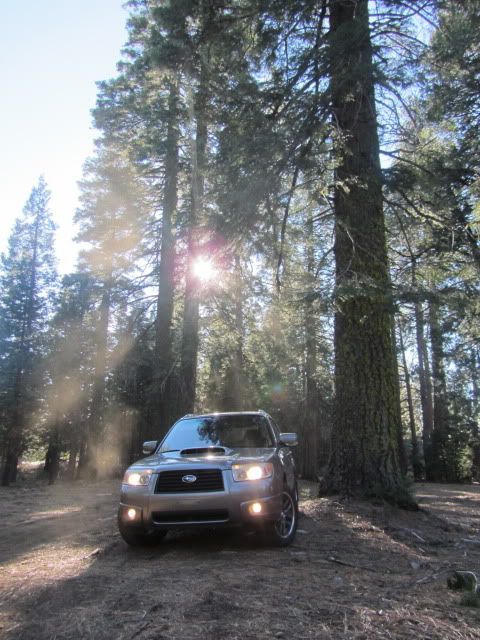
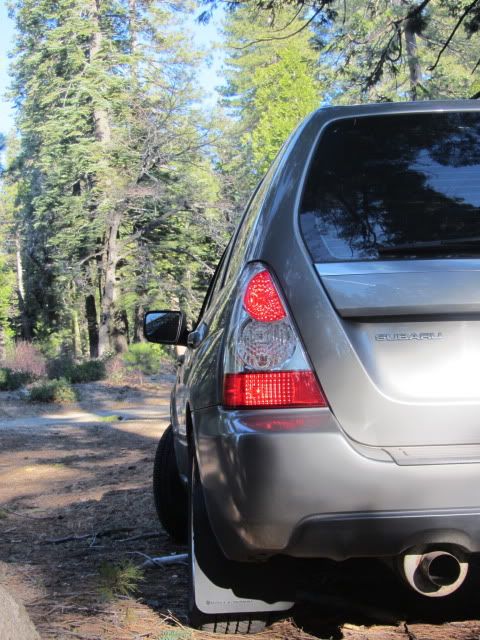
skid
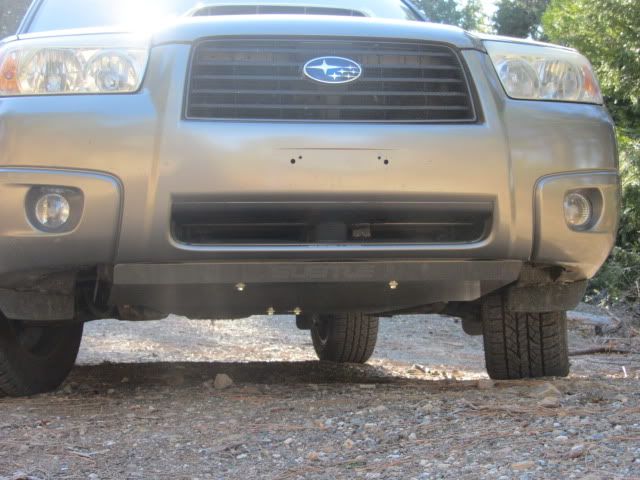
Welcome to California

Last edited:






